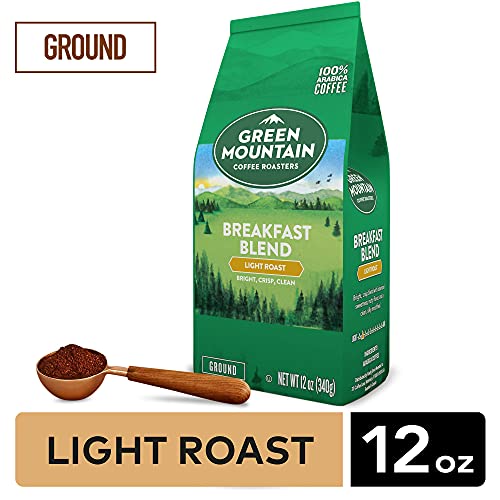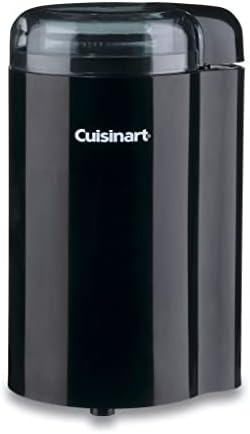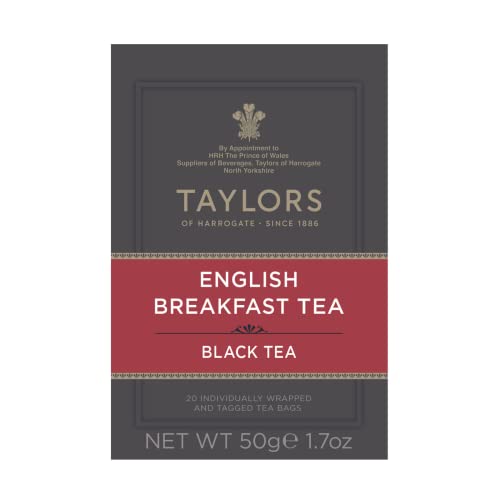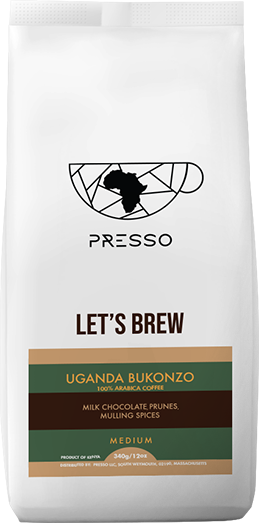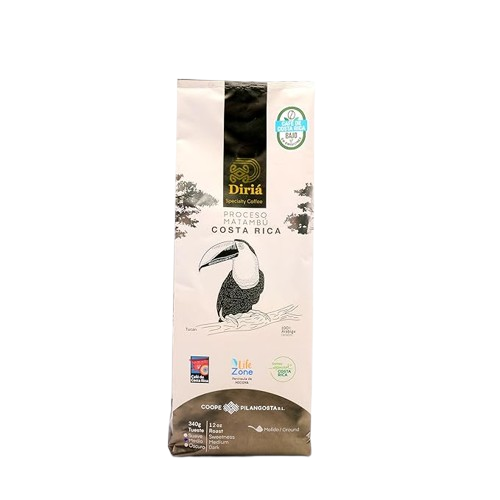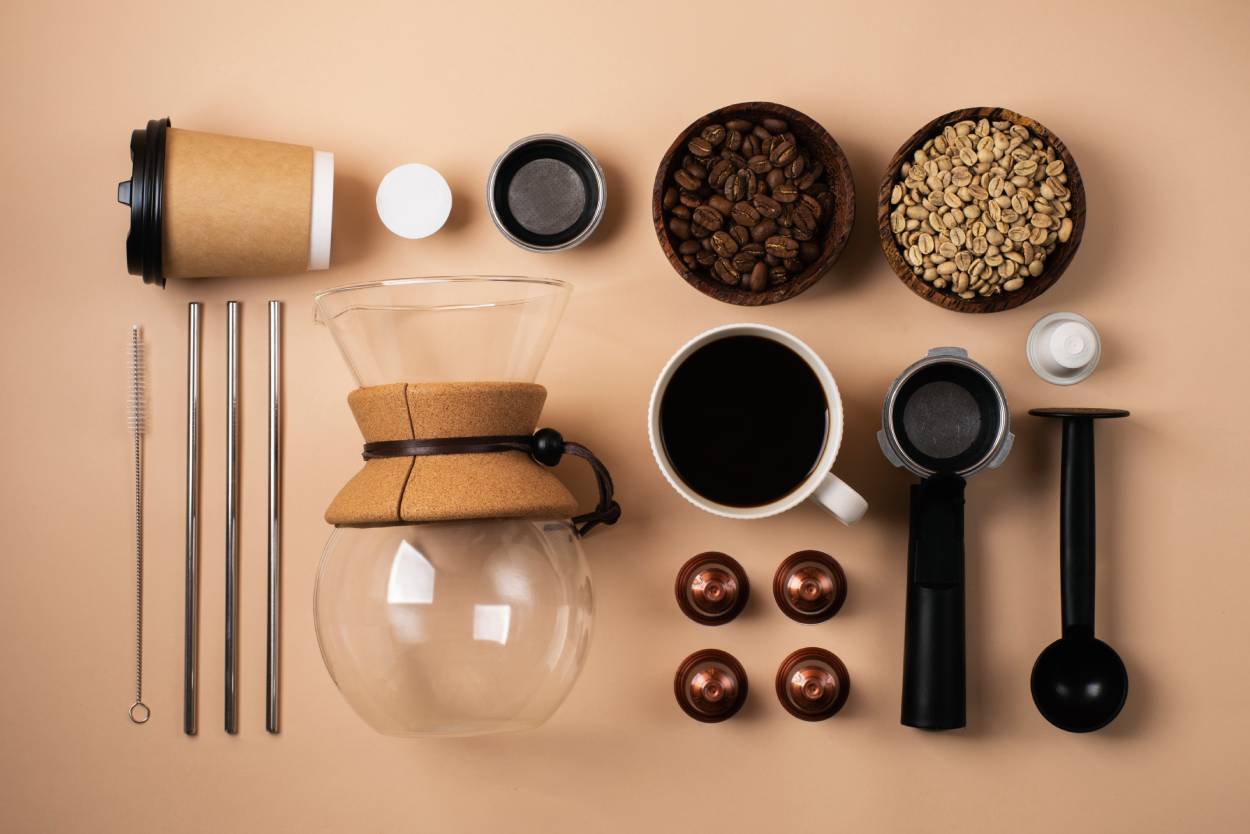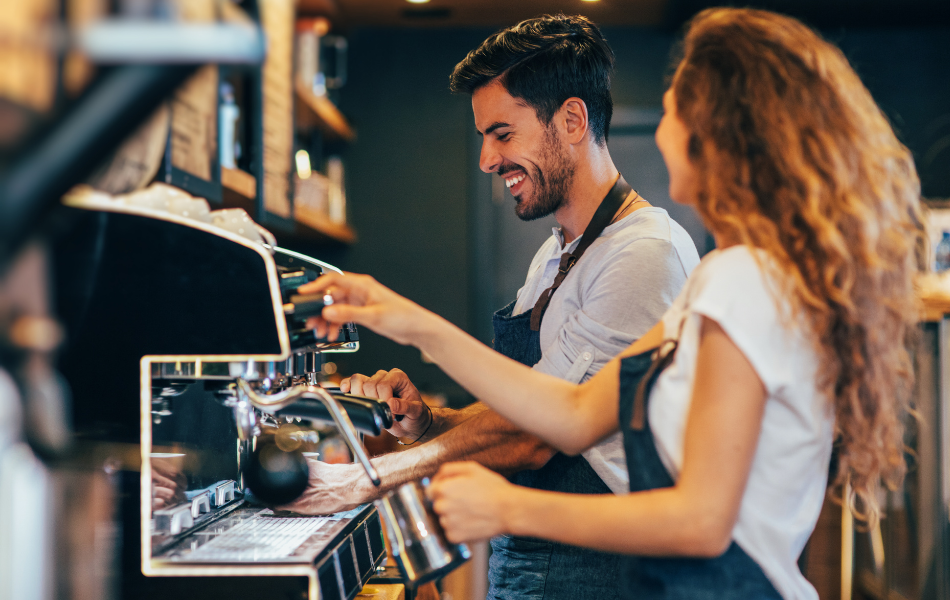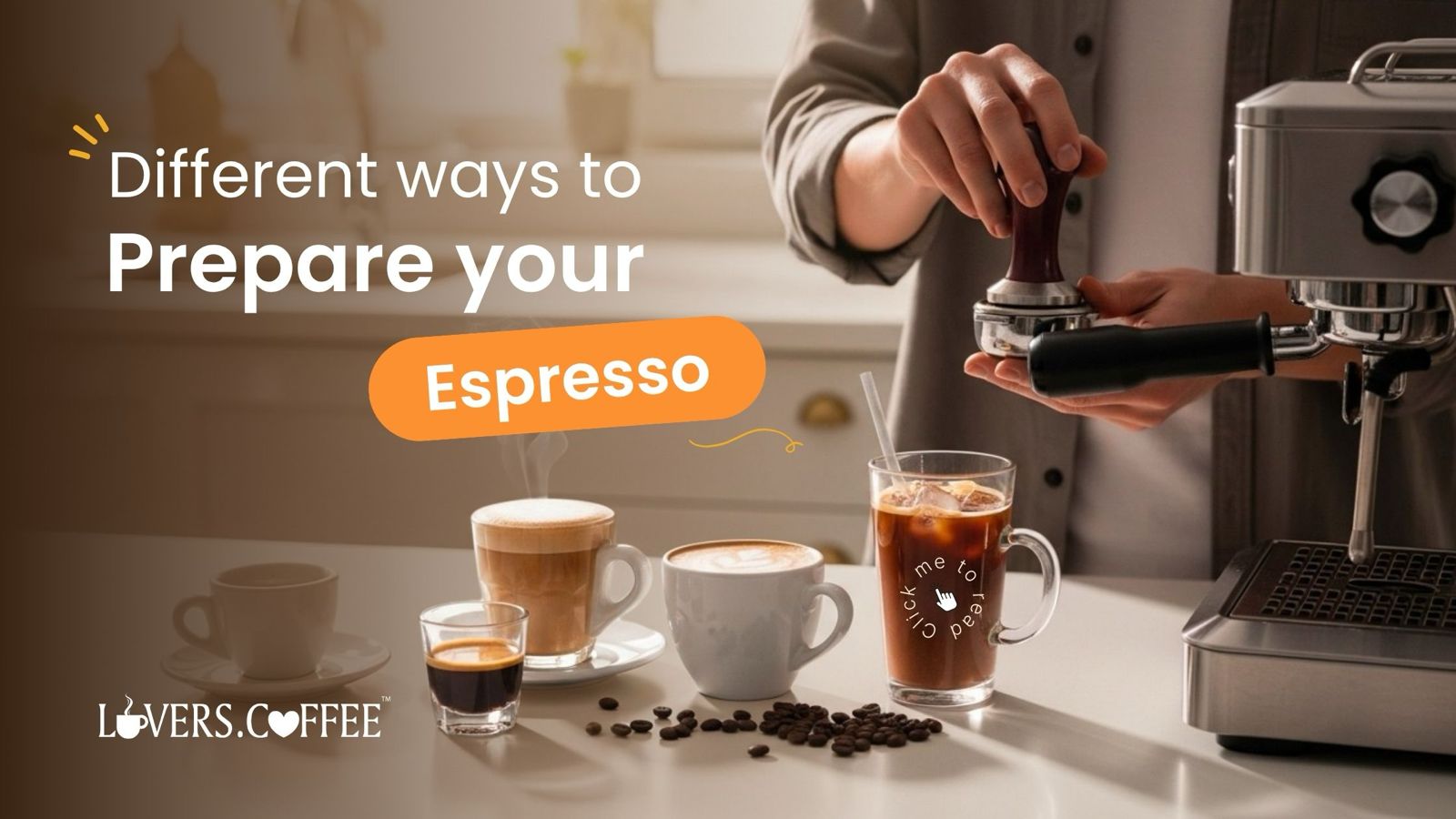
Amazing Different Ways to Prepare Your Espresso
Table of Contents
- Why Different Ways to Prepare Your Espresso Matter
- ➢ Traditional Espresso with an Espresso Machine
- ➢ Pour-Over Espresso Style
- ➢ AeroPress Espresso
- ➢ Moka Pot Espresso
- ➢ Cold Brew Espresso
- ➢ Nitro Espresso
- Which Method is Best for You?
- Conclusion
- What is the 30-second rule for espresso?
- What are the 4 M's of espresso?
- What is the 80/20 rule for coffee?
- How to prepare your espresso?
Amazing Different Ways to Prepare Your Espresso
- azeem memon
- 07-11-2025
- 07-11-2025
- 85 views
- Information

Espresso is the foundation of many beloved coffee drinks, from lattes to cappuccinos, and it all starts with a perfectly brewed shot. But did you know that there are several different ways to prepare your espresso? In this blog, we will explore the various methods, each offering its own unique flavor profile and experience. Whether you’re a coffee aficionado or a newcomer looking to enhance your daily brew, understanding these techniques will take your espresso game to the next level.
Why Different Ways to Prepare Your Espresso Matter
When it comes to making espresso, it’s not just about pushing a button on an espresso machine. The preparation process can significantly affect the taste, texture, and overall enjoyment of your espresso shot. From traditional methods to modern innovations, there’s a style for every preference.
➢ Traditional Espresso with an Espresso Machine
The most common and widely recognized method for preparing espresso is using an espresso machine. This machine forces hot water through finely ground coffee under high pressure, creating a rich, concentrated shot of coffee. Whether you have a manual or automatic machine, this method remains a staple for coffee lovers around the world. The key to a great espresso is getting the grind size right and ensuring the water is at the right temperature.
➢ Pour-Over Espresso Style
While pour-over coffee is typically associated with regular drip coffee, it can also be used for preparing a less intense, espresso-like drink. By controlling the flow of hot water over the coffee grounds, this method allows for a different extraction process, producing a smoother and more delicate flavor profile. While it may not be as concentrated as a traditional espresso, the pour-over method provides an alternative for those who enjoy a lighter, more balanced coffee.
➢ AeroPress Espresso
For a more portable and flexible approach, the AeroPress offers a unique way to prepare your espresso. This method involves using air pressure to extract the coffee, much like an espresso machine, but with a handheld device. The result is a bold and rich espresso shot that’s comparable to traditional espresso but with a slightly different texture. It’s an ideal option for those who want an espresso-like experience without needing bulky equipment.
➢ Moka Pot Espresso
The Moka Pot, also known as a stovetop espresso maker, is a great alternative for those who want an espresso-style brew without an electric machine. This method is popular in many European households, and it’s known for producing a rich, flavorful coffee with a thick crema. Simply fill the Moka Pot with water and coffee grounds, heat it on the stove, and watch the magic happen. The result is a strong and flavorful cup of espresso that captures the essence of traditional methods.
➢ Cold Brew Espresso
While cold brew coffee is typically associated with a chilled, smooth drink, you can make a more concentrated version that mimics the richness of espresso. By steeping coarsely ground coffee in cold water for an extended period (usually 12-24 hours), you can create a coffee concentrate that can be diluted with water or milk. This method results in a smooth and mellow espresso-style drink that’s perfect for hot summer days or those who prefer less acidity in their coffee.
➢ Nitro Espresso
For something truly unique, consider trying Nitro Espresso. This method involves infusing your espresso with nitrogen gas, which gives it a smooth, creamy texture and a frothy appearance. Often served cold, Nitro Espresso is gaining popularity in specialty coffee shops, offering a velvety, refreshing twist on the classic espresso.
Which Method is Best for You?
The best way to prepare your espresso really depends on your personal preferences and the equipment you have available. If you’re after that classic, rich espresso shot, using an espresso machine is the way to go. But if you’re looking for something unique, the Moka Pot, AeroPress, or Nitro Espresso may offer the variety you’re seeking. Don’t forget, there are no wrong ways to enjoy your espresso, it’s all about finding the method that suits your taste!
Conclusion
There are many different ways to prepare your espresso, each offering a distinct coffee experience. Whether you prefer the traditional method or want to experiment with innovative techniques, there’s an espresso preparation style for every coffee lover. Be sure to explore these options and elevate your espresso brewing skills to new heights.
For everything coffee-related, visit our Lovers.Coffee Marketplace, your ultimate stop for all things coffee. And don’t forget to check out our other blogs for more coffee tips and tricks!
What is the 30-second rule for espresso?
The 30-second rule for espresso refers to the ideal extraction time for brewing a shot of espresso. From the moment you start the machine, the espresso shot should take around 25 to 30 seconds to extract for optimal taste. This ensures the right balance of flavor, strength, and crema. A shot pulled too quickly (less than 25 seconds) may be weak and under-extracted, while one pulled too slowly (over 30 seconds) can taste bitter or over-extracted.
What are the 4 M’s of espresso?
The 4 M’s of espresso are the key elements that contribute to making a perfect shot:
- Miscela (Blend): The type and quality of the coffee beans used, which determine the flavor profile of the espresso.
- Macinazione (Grind): The fineness of the coffee grind affects the extraction time and the overall flavor.
- Macchina (Machine): The espresso machine used determines the pressure, temperature, and consistency of the shot.
- Mano (Hands): The technique of the barista when tamping the coffee grounds and pulling the shot.
What is the 80/20 rule for coffee?
The 80/20 rule for coffee, also known as the Pareto principle, suggests that 80% of the flavor in coffee comes from 20% of the factors. In espresso, this often means that the most significant influences on the taste are the quality of the beans and the grind size, while other factors like the machine or the barista’s technique make up the remaining 20%. Focusing on these crucial elements will lead to a better coffee experience.
How to prepare your espresso?
To prepare your espresso, follow these simple steps:
- Serve and enjoy: Once the shot is pulled, you’ll see a rich crema on top, indicating a perfect espresso. Enjoy it immediately for the best flavor!
- Grind your beans: Use a fine grind specifically for espresso.
- Preheat your espresso machine: Ensure the machine is heated to the right temperature (around 190°F to 200°F).
- Tamp the coffee grounds: Place the ground coffee in the portafilter and tamp it evenly and firmly to ensure a consistent extraction.
- Pull the shot: Lock the portafilter into the machine and start the extraction. A perfect shot should take about 25-30 seconds.








